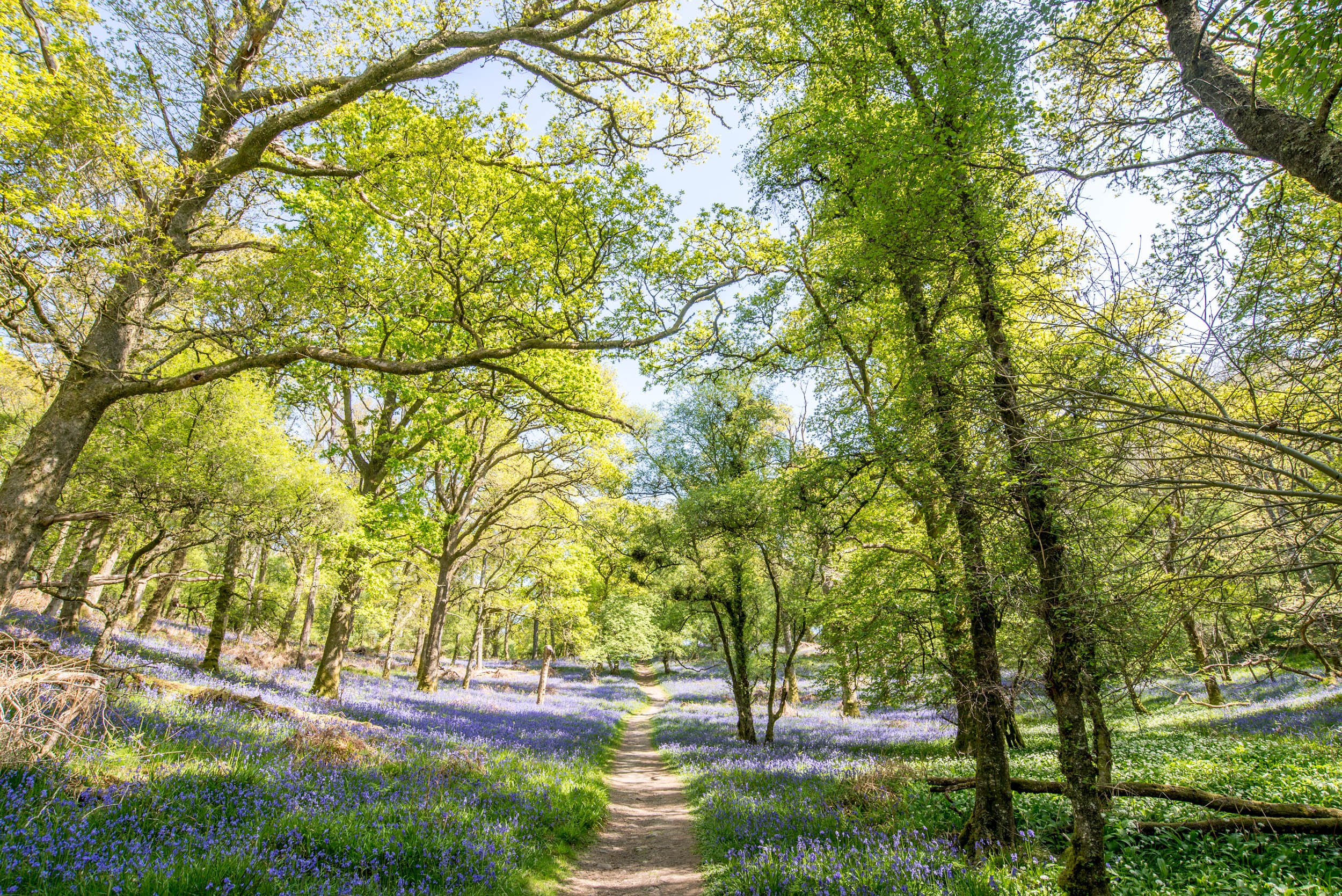Loch Lomond Islands
How many islands are there on Loch Lomond? Definitions, like Loch Lomond water levels, can vary - but there are 22 islands with names (as per the official chart ‘A Guide to Navigation’) plus at least 27 islets. Most, but not all, have the ‘inch’ prefix, from Gaelic innis – island.
Who own Loch Lomond’s islands?
Only three islands of Loch Lomond are in the care of conservation agencies – Inchcailloch is a National Nature Reserve (Scottish Natura Heritage), while the National Trust for Scotland look after Bucinch and Ceardach. The rest are in private ownership.
The Highland Boundary Fault runs south-west through the islands of Loch Lomond – through Inchcailloch, Torrinch, Creinch, Inchmurrin to the western shores of the loch and there is a stunning view of this from Conic Hill above Balmaha

Inchtavanach

Inchmoan Island

Inchmurrin Island


I Vow Island

Creinch Island
Loch Lomond Islands – Gazetteer
Inchmurrin
St Mirren’s island is the largest freshwater loch island in the UK. It was formerly the private deer park for the Dukes of Montrose but was sold for farming in the early 20th century. A ruined castle of the Earls of Lennox stands at its southern end.
Clairinch
‘Clar Innis’ (flat island) is the war cry of the Clan Buchanan. It recalls the clan connection, as the island was originally sold to a Buchanan who was Clerk to the Earl of Lennox, in 1225. The small wooded island was re-acquired by the Clan Buchanan Society in 1934.
Inchcailloch
The ‘island of the old women’ refers to the nunnery that was founded here by St Kentigerna. Inchcailloch, because of its church, it became the burial ground of both the MacFarlanes and the MacGregors. Today, there is a nature trail n the island and a superb view from its summit.
Inchconnachan
‘The island of the Colquouns is separated from its equally picturesque neighbour, Inchtavannach, by a narrow strait. The island has a wallaby colony as well as several sheltered bays.
Inchfad
Lying close to Balmaha, this island was farmed for generations. It also formerly had a (legal) distillery, with a short canal allowing boat access.
Inchgalbraith
This islet, south of the much larger islands near Luss, was once a stronghold of the Galbraiths. The ruins of their castle are still visible and cover much of the island ground – thought originally to be a crannog, or man-made structure.
Inchlonaig
‘The island of the yew trees’ is said to have acquired its name after Robert the Bruce ordered the planting of yews here as their wood was used for bow making. It was also a deer park of the Colquhouns, and Johnson and Boswell visited during their 1773 tour of Scotland. The island is a Site of Special Scientific Interest (SSSI).
Inchmoan
‘The island of peat’ got its name from its use as a source of fuel for the Luss villagers. Many of the islands hereabouts are wooded, but Inchmoan is especially dense in places. However, it also has sheltered beaches.
Inchcruin
‘The round island’ is not accurately named! The short strait that separates it from its western neighbour, Inchmoan, sometimes allows access on foot at low water levels. The narrow passage is known as ‘The Geggles’.
Inchtavannach
Closest inshore, south of Luss, this island means ‘island of the monks’ and refers to an ancient monastery site here, associated with St Kessog. The Romantic Poet, Samuel Taylor Coleridge, visited with the Wordsworths in 1803 and rated the view north from the island as one of the five best things in Scotland. Dorothy Wordsworth said it was ‘outlandish...’we might have believed ourselves in North America’!
Isle of Inveruglas
Lying just off shore from the little village of Inveruglas, this tiny island has the ruins of a Macfarlane fortress hardly visible amongst the trees.
Island I Vow
Towards the northern end of the loch, a tiny island with another ruined Macfarlane castle. (Etymology uncertain: perhaps ‘island of the cow’ or ‘island of the store’.) The most northerly island on the loch, William Wordsworth visited and wrote ‘The Brownie’s Cell’ afterwards.
Loch Lomond Islands Book
Friends of Loch Lomond are proud to make available their review ‘The Islands of Loch Lomond – Footprints from the Past’. This very readable 36-page large-format soft-back book has lots of information about the heritage of the loch and its islands. Available from our on-line shop.


